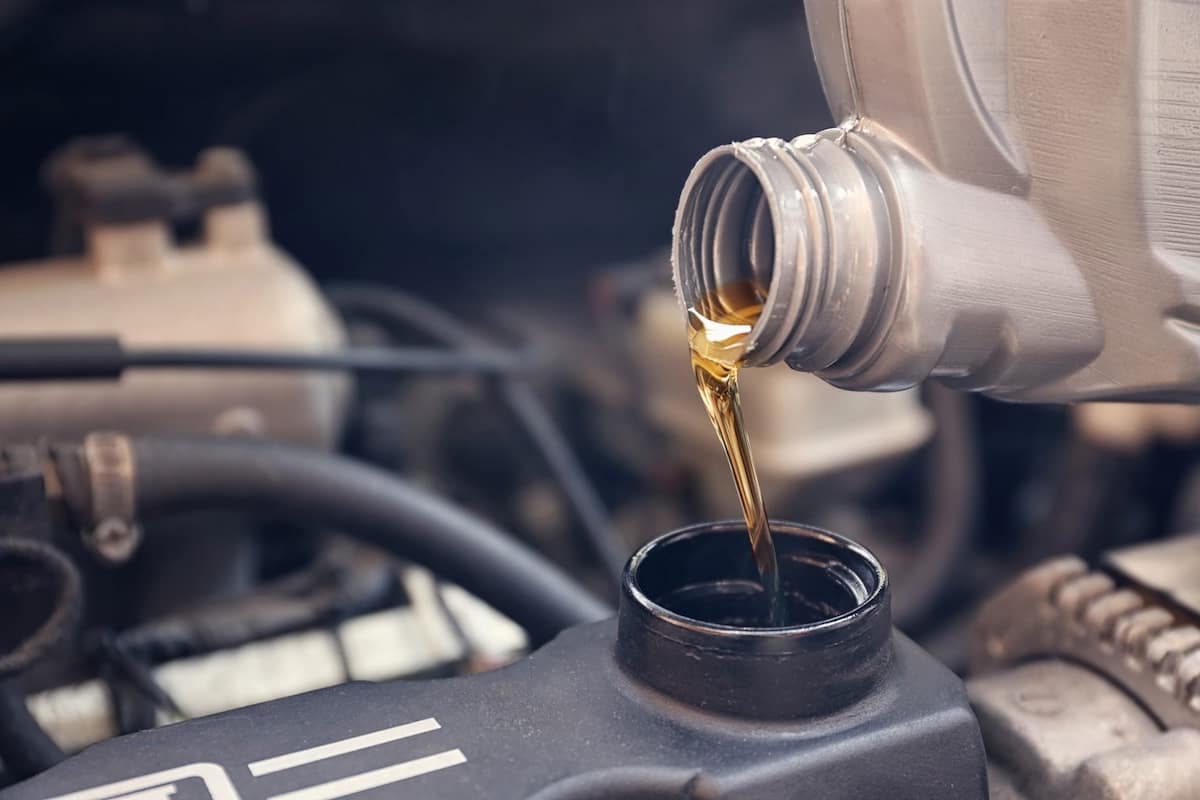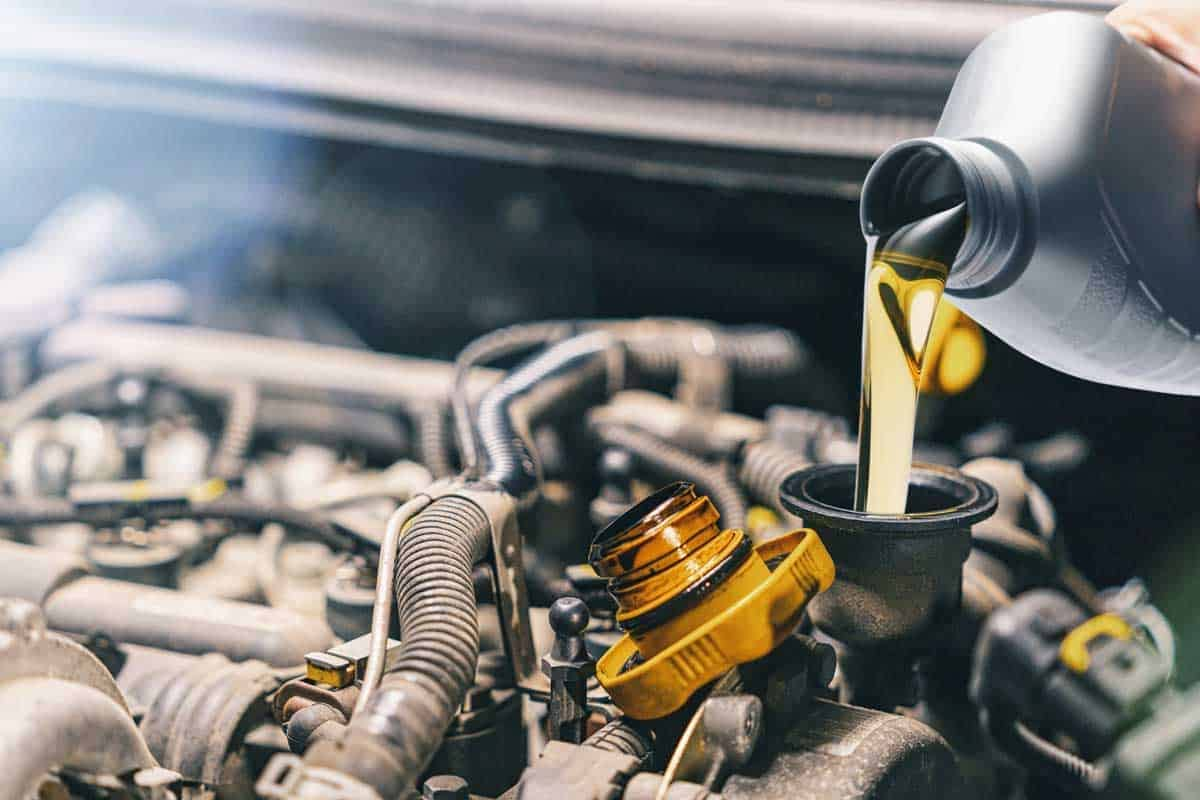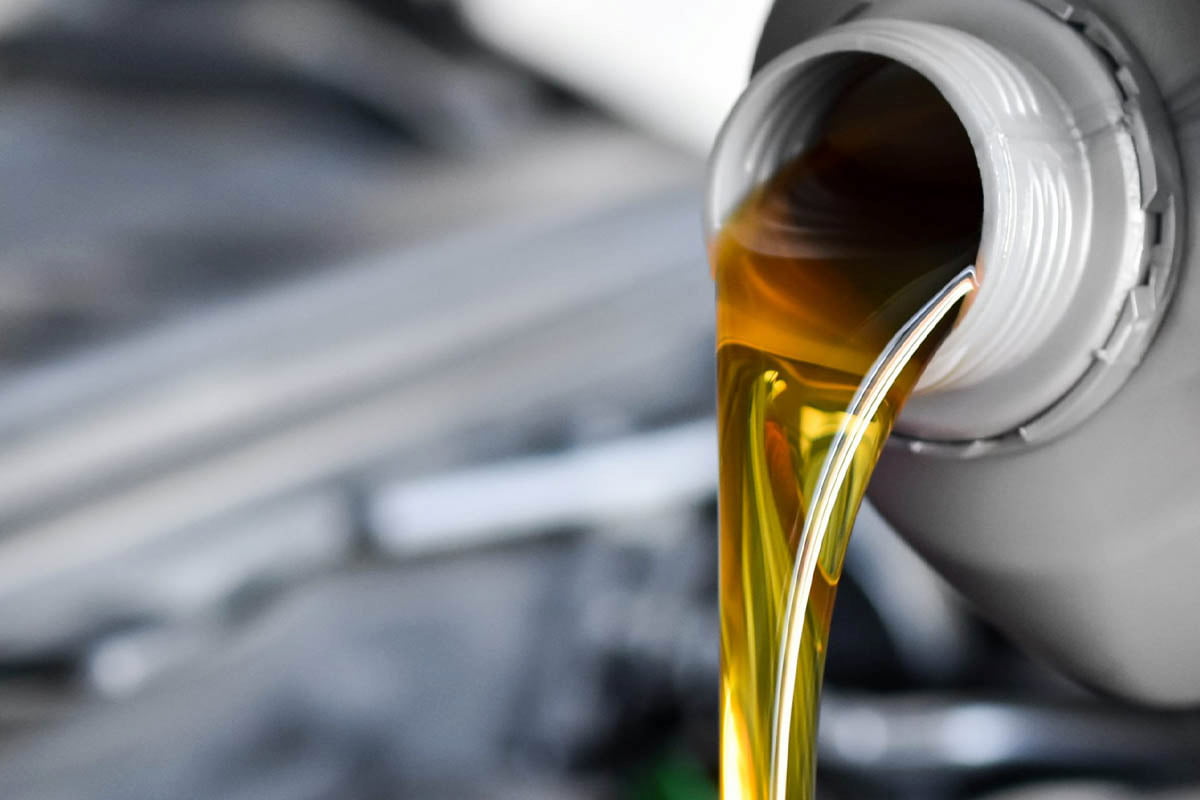engine oil for bike shop near me
your bike needs engine oil but it has been so long since the last time you changed it, I get it, you were busy
It has happened to me before
You find an auto service shop near you by searching on google maps but you don’t trust this shop
If you ride a motorcycle regularly you should learn about the engine oils and read the manufacturer’s recommendations so when you enter a shop, you know what to request
Let’s learn the general essentials that you need to know about your motorcycle’s oil
Which one is the most effective? Which one am I supposed to get? Is there an oil that I can use? When it comes to motorcycle lubricants, the aforementioned queries are some of the most often asked
Before we open a huge can of worms, we should acknowledge that we are all aware of the significance of engine oil for our motorcycles’ cherished engines
However, how often have we stood there wondering whether we are picking up the appropriate oil or not, or whether we are just creatures of habit who use the same brand and type of engine oil? Before we do, let’s acknowledge that we are all aware of the significance of engine oil for our motorcycles’ beloved engines

When we are presented with different viscosity kinds, oil types, and JASO standards, it may be a little bit perplexing at times
The handbook or workshop manual tells us what oil should be put in, but sometimes it can be a little bit unclear
To begin, in an effort to make this topic a tad more comprehensible while avoiding getting into excessive detail, let’s talk about the many kinds of oil and the purposes for which they were created! Monograde oils are still used in some of the older classic bikes, but all modern motorcycles use multigrade oils, which come in a variety of grades and include the following: Mineral oils are the type of engine oil that are considered to be the most fundamental, and as such, they are typically suggested for use in motorcycles with lower capacity and motors that are not subjected to significant levels of stress
Mineral oils are also reasonably inexpensive when compared to other types, and as a result, they are nice not just to your engine but also to your pocketbook

Even though they need to be changed more frequently, this is still a cost-effective alternative
The main drawback is that they do not last as long as synthetic oils do
As the name suggests, semi-synthetic oils are a mixture of mineral-based oil and synthetic oil (usually no more than 30% synthetic), with the ability to protect your engine against higher temperatures and load
Semi-synthetic oils are also known as synthetic blends
This type of engine oil is ideal for commuters and leisure riders on bigger motorcycles because semi-synthetic oils are typically used in bikes that are not placed under a lot of stress but yet have a good power output
The very best oils to use are those that are fully synthetic
In contrast to mineral oil, fully synthetic oil will have all of its impurities eliminated, and it will also be fortified with additives to provide your engine with the highest possible level of defense
The use of an oil that provides maximum lubrication without the rapid deterioration that can occur with mineral or semi-synthetic oils makes a fully synthetic oil a better choice for track day bikes and race bikes than a mineral or semi-synthetic oil
This is because the engine in these types of bikes is constantly subjected to extreme stress

When it comes to purchasing oil for our motorcycles, the viscosity and grades of the oil are likely the most misunderstood and perplexing aspects of the process, but they are also possibly the most vital! Your oil’s level of resistance to flow may be used as a measurement of its viscosity
This means that your oil must be capable of flowing at low temperatures so that it can get around the engine quickly on start up to protect the components, but it also means that it must be capable of protecting our engines at high temperatures without evaporating and keeping the oil pressure at a good level throughout the entire process
On a multi-grade oil, we will often see two numbers: the first will be one of the following: 0, 5, 10, 15, or 20, and it will be followed by a “W,” which, contrary to popular belief, stands for winter and not weight
The second number is always more than the first, and it is often one of the following: 20, 30, 40, 50, or 60
While multi-grade oils were initially brought to the market, a winter test was devised to evaluate the fluidity of various oils when exposed to cold temperatures
It is well knowledge that cold oil has a greater viscosity than oil in a warm engine; nonetheless, a general rule of thumb is that a lower first number indicates that the oil will flow more quickly when it is cold

The second value, which is referred to as the SAE (Society of Automotive Engineers) number, represents the resistance of the oil to flow (viscosity) when it is heated to 100 degrees Celsius and passed through a standard orifice
The value increases as the thickness of the oil increases, but the value decreases as the oil becomes thinner
Your owner’s manual will tell you what grade of oil your motorcycle requires, but it is still helpful to have an understanding of what the numbers refer to
This is especially true if your manual specifies multiple grades for various countries or regions throughout the world
In a two-stroke motorcycle, the crankcases are used as part of the induction system
This means that the engine’s lubricating oil needs to be mixed with the fuel in order for it to be distributed around the engine
In a four-stroke motorcycle, the crankcases are closed (apart from a ventilation system), but in a two-stroke motorcycle, the crankcases are used as part of the induction system
Two-stroke motorbikes, like four-strokes, may use any one of a wide variety of various lubricants, which vary according to the kind of bike
Two-stroke oils can be mineral, (or castor) based, partially synthetic, or totally synthetic, and the fuel-to-oil ratios mix might be anywhere from 16:1 to 100:1 depending on the kind of oil and machine! However, it is always best to buy the best two-stroke oil you can (whether pre-mix or auto lube), as most modern-day synthetic two-stroke oils burn much cleaner, reduce emissions, and drastically reduce oily deposits on spark plugs
Some scooters and lower-powered engines are able to use the most basic of two-stroke oils